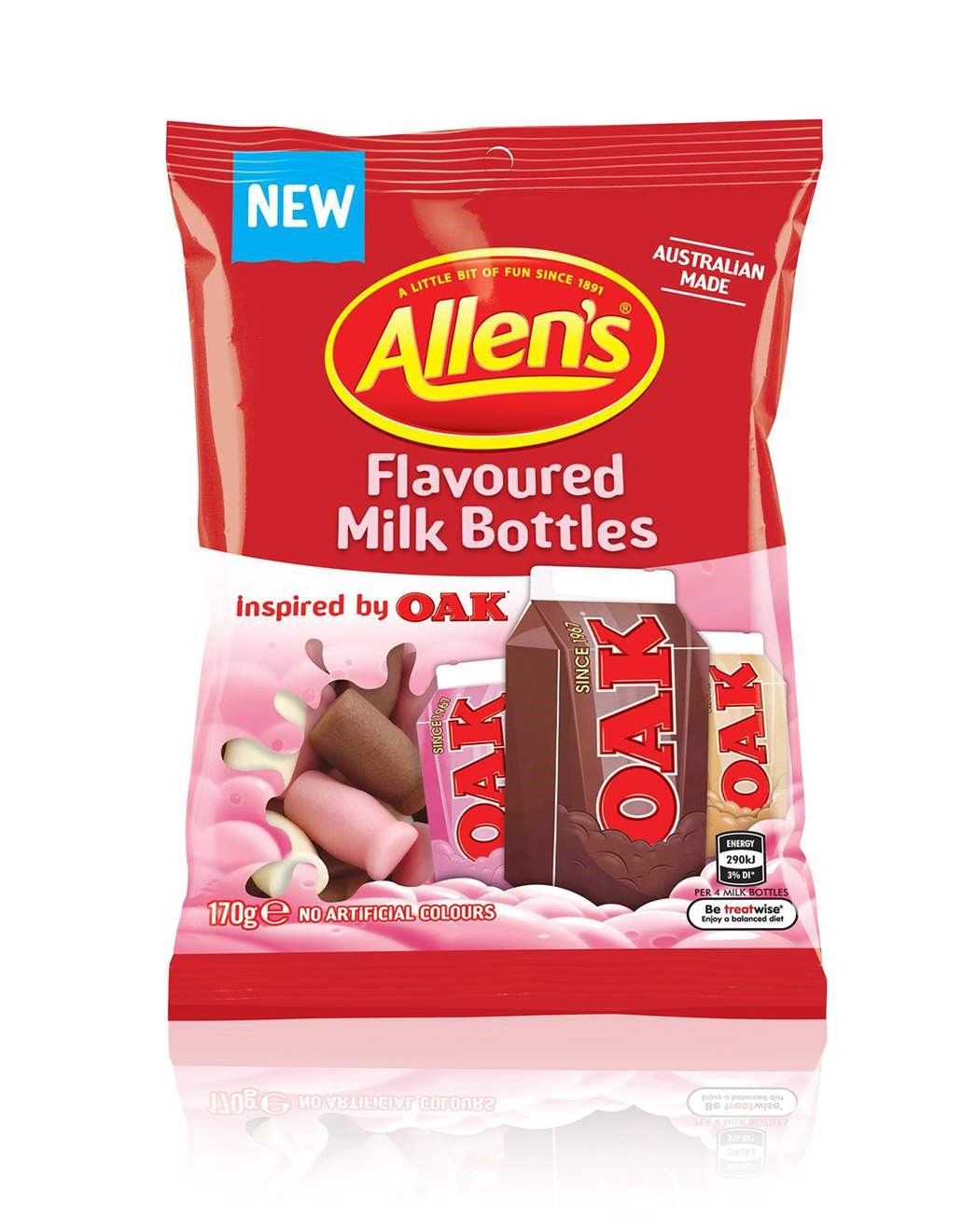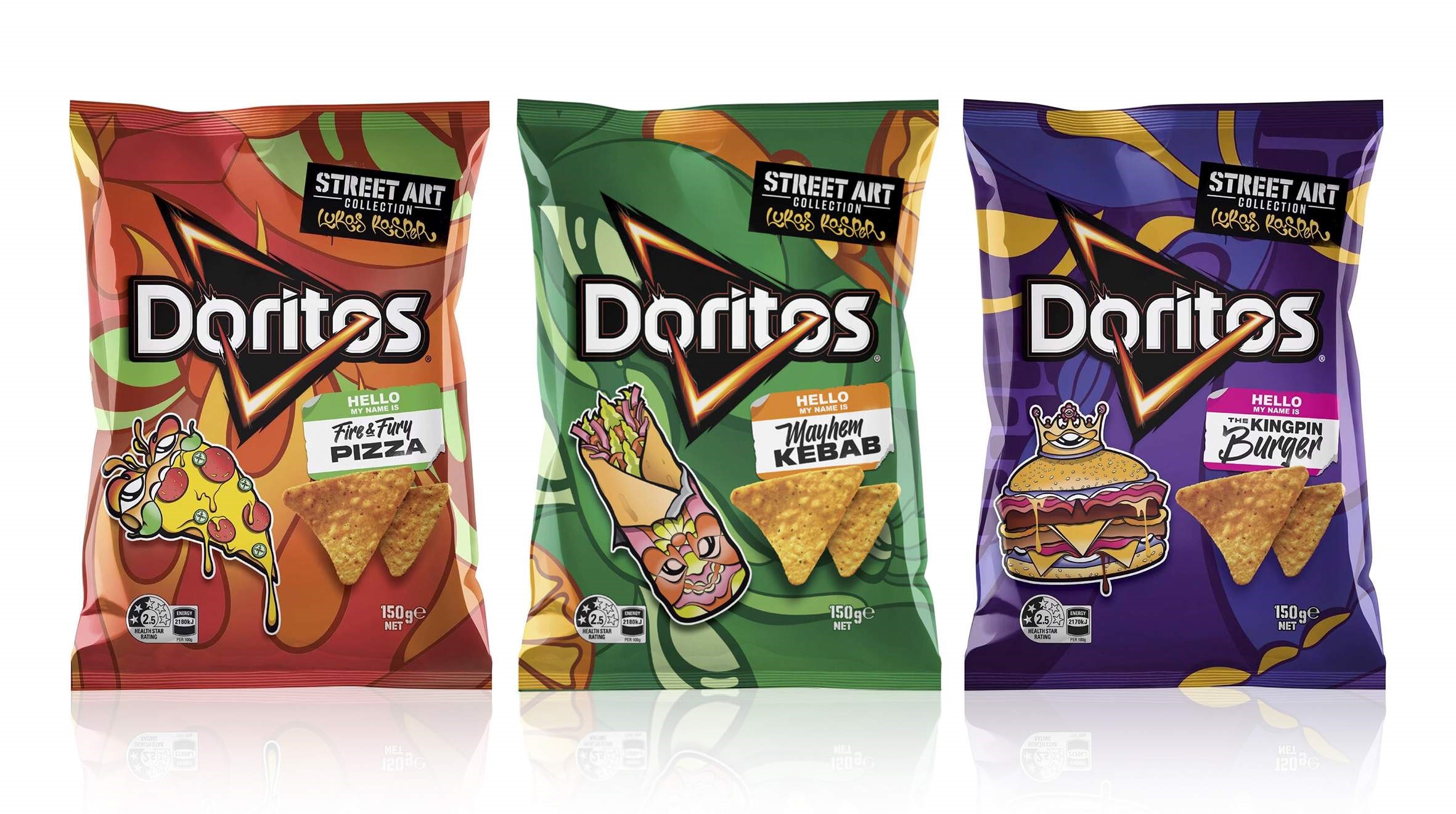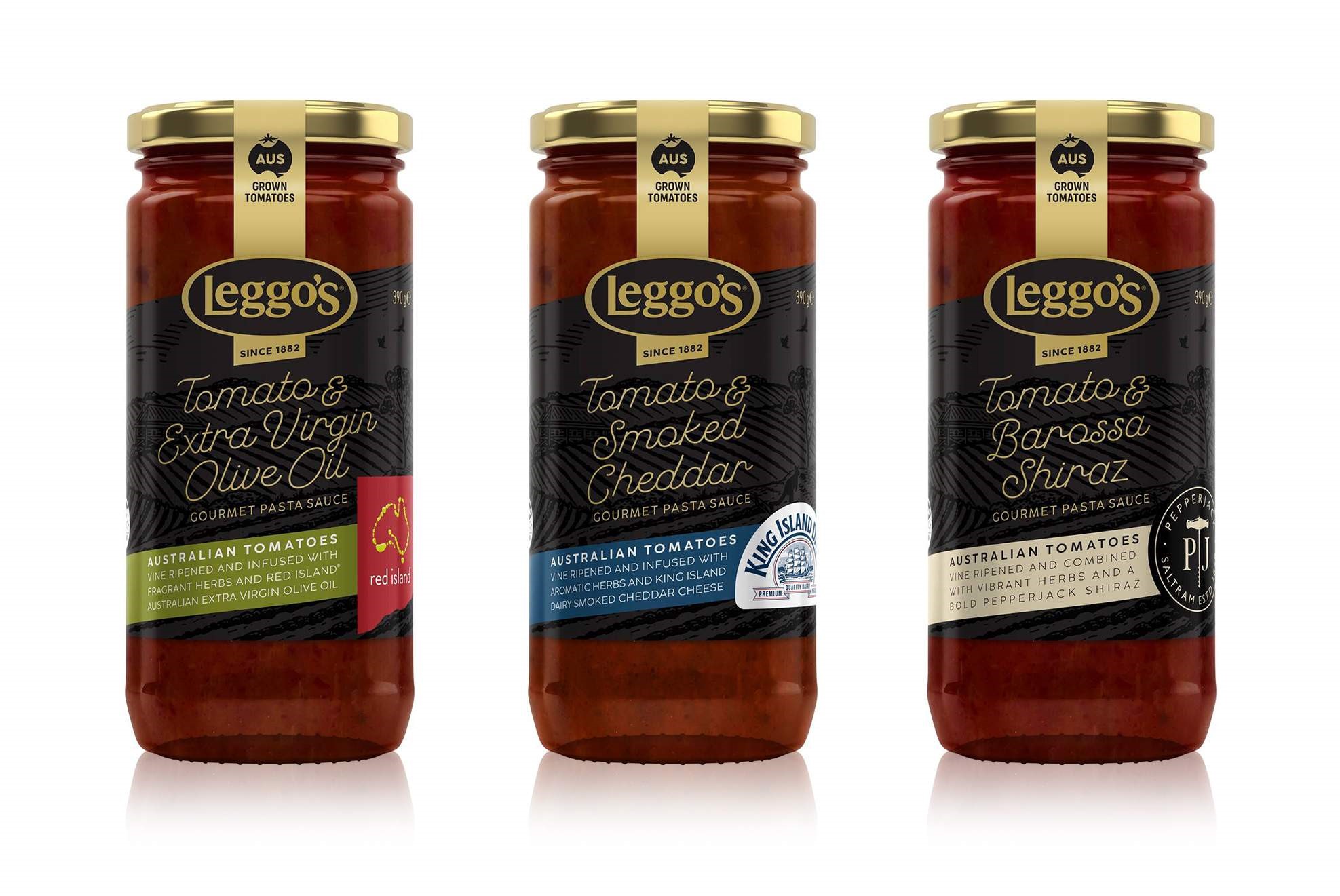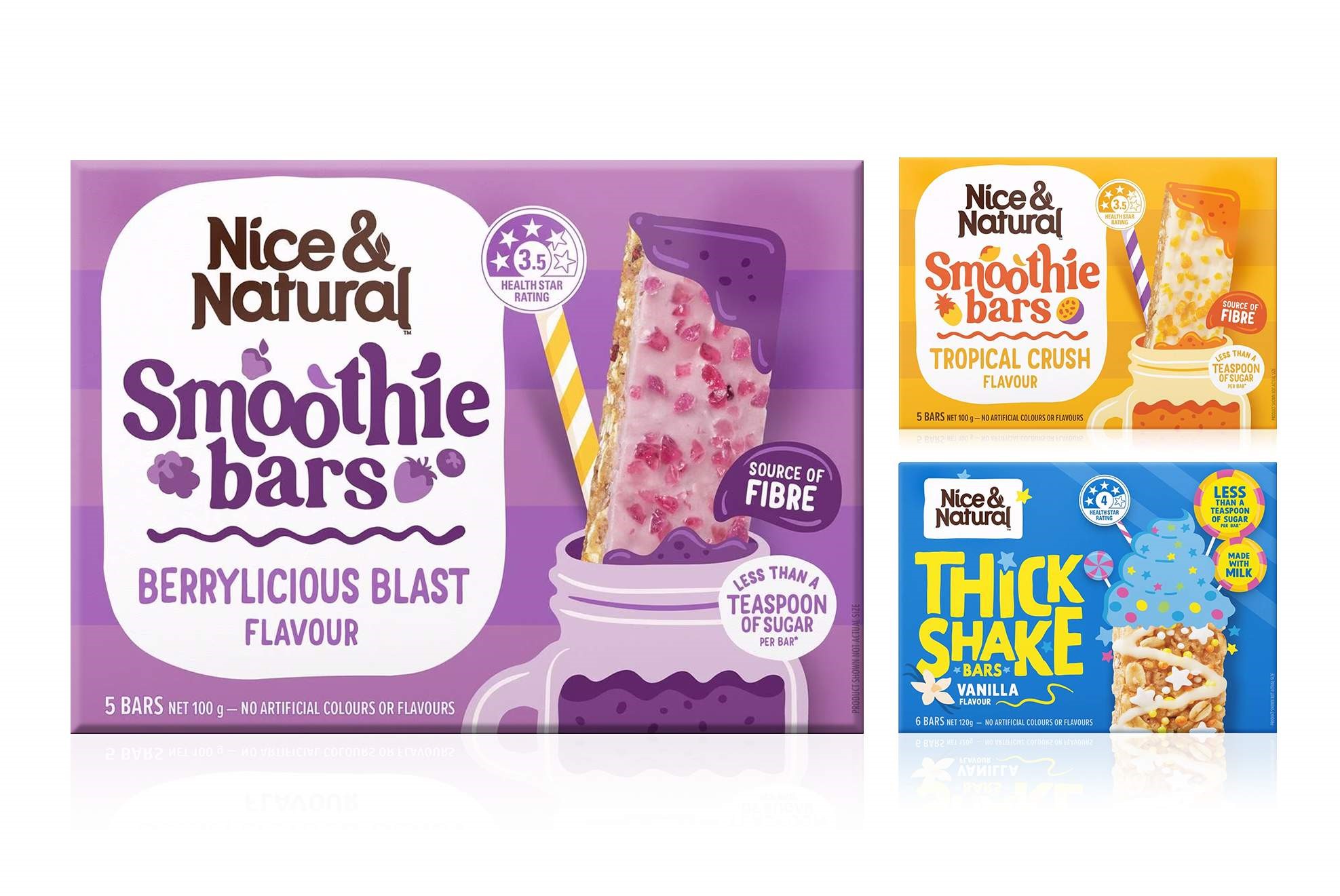Brand innovation – expect the unexpected

Mikey Hart, creative director at Hulsbosch, argues it is time to make the FMCG sector more fun and engaging, and explains how this might be achieved.
For brands in the vibrant FMCG sector to change things up and find compelling ways to enhance the consumer experience, they are pursuing a process of broadening and diversifying a product portfolio through innovation-driven expansion.
Brands incorporating new and creative ideas or approaches are building new brand collaboration opportunities, and investing in product development and extension.
To stretch and deepen the consumer experience, the opportunity arises to explore cross-category collaborations or co-branding. They exist as strategic alliances between two or more companies to create a mutually beneficial marketing or product-related relationship.
When two brands work together to create a new product, both brands leverage the strengths and assets of each partner, with the goal of achieving specific business objectives. Each brand reaches a broader audience and enters a new industry.
As well, brands collaborate on marketing and advertising campaigns with the two brands promoted and supported by cross-brand activity. Setting this tactical course creates new news in a category and breathes new life and influence into the expected category cues.
The benefits of brand collaborations not only bring access to new markets but can include increased brand exposure, strengthened brand image, cost sharing and enhanced creativity.
It’s a collision from two brand worlds for a category that often reveal fun and quirky concepts such as Oak launching lolly-flavoured milk drinks in collaboration with Allen’s and Nestle. Cross-category collaborations are not only good commercial decisions but build innovative creative mashups and bring ideas to life for something new.

Another way to change up categories is new product developments (NPD) and extension. Recently, brands have had success with new flavour and ingredient combinations such as American brand tortilla chips, Doritos (kebab and burger, and limited-edition coriander) and Australian ice cream snack, Golden Gaytime (unicorn, pina colada, choc mint).

With NPD it has enabled a brand, like Leggo’s, Italian pasta sauces and tomato pastes made in Australia for over 100 years, to innovate and introduce a premium tier to their product line-up, which has had a positive impact on their entire portfolio.
Partnering with other brands not only enhances Leggo’s culinary expertise and elevates food experiences but also introduces unique flavours and tastes that were previously absent in the market category. Gourmet experiences with Leggo’s feature Pepper Jack Wines (beverage), King Island Dairy (cheese) and Red Island (olive oil).

These ultra-premium products bring something very new in an already clustered category with an overwhelming number of choices. And with the cost of living going up, consumers are looking for quality, tasty food experiences for evenings at home, and something a bit special. But it’s a win for Leggo’s demonstrating leadership and confidence in category.
A ‘surprise and delight’ strategy draws consumers in but must be mindful of a product’s intention and if consumers can attach over time for lasting impact, still be relevant or just a fad. A product extension still needs to hold credibility and trust that won’t falter over time.
Hoping for loyalty are new products found in the in-demand health food sector. Consumers are wanting delicious snack options that are healthier without compromising on taste; and intentionally shaking up a brand with new flavours is New Zealand’s Nice & Natural health snacks introducing a range of Thick Shake bars (strawberry, chocolate, caramel).

It’s time to move categories and products from boring and mundane to fun and engaging, and in doing so demonstrate and prepare consumers to expect the unexpected.












